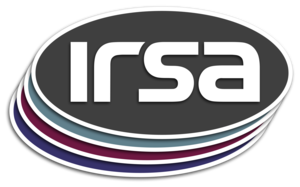The Planck Multi-frequency Catalogue of Non-thermal (i.e. synchrotron-dominated) Sources (PCNT) was constructed by selecting objects detected in the full mission all-sky temperature maps at 30 and 143 GHz, with a signal-to-noise ratio (S/N)>3 in at least one of the two channels after filtering with a particular Mexican hat wavelet. As a result, 29,400 source candidates were selected. Then, a multi-frequency analysis was performed using the Matrix Filters methodology at the position of these objects, and flux densities and errors were calculated for all of them in the nine Planck channels. This catalogue was built using a different methodology than the one adopted for the Planck Catalogue of Compact Sources (PCCS) and the Second Planck Catalogue of Compact Sources (PCCS2), although the initial detection was done with the same pipeline that was used to produce them. The present catalogue is the first unbiased, full-sky catalogue of synchrotron-dominated sources published at millimetre and submillimetre wavelengths and constitutes a powerful database for statistical studies of non-thermal extragalactic sources, whose emission is dominated by the central active galactic nucleus. Together with the full multi-frequency catalogue, flags define the Bright Planck Multi-frequency Catalogue of Non-thermal Sources (PCNTb), where only those objects with a S/N>4 at both 30 and 143 GHz were selected. In this catalogue 1146 compact sources are detected outside the adopted Planck GAL070 mask; thus, these sources constitute a highly reliable sample of extragalactic radio sources. Also flagged is the high-significance subsample (PCNThs), a subset of 151 sources that are detected with S/N>4 in all nine Planck channels, 75 of which are found outside the Planck mask adopted here.
This dataset or service is made available by the Infrared Science Archive (IRSA) at IPAC, which is operated by the California Institute of Technology under contract with the National Aeronautics and Space Administration.




